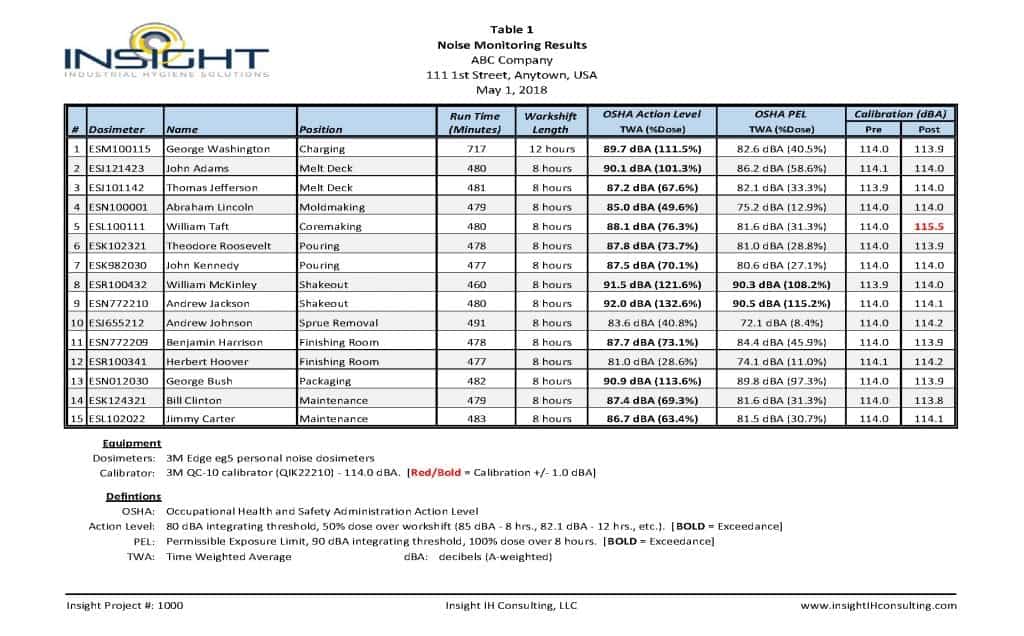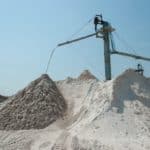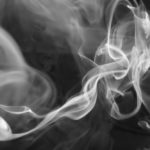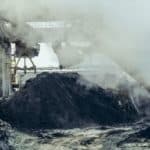Noise Assessment Services
INSIGHT INTO NOISE ASSESSMENT
Noise, or unwanted sound, is one of the most common occupational hazards in American workplaces. The National Institute for Occupational Safety and Health (NIOSH) estimates that 30 million workers in the United States are exposed to hazardous noise. Exposure to high levels of noise may cause hearing loss, create physical and psychological stress, reduce productivity, interfere with communication, and contribute to accidents and injuries by making it difficult to hear warning signals. OSHA sets legal limits on noise exposure in the workplace. The limits are based upon a worker’s time-weighted average (TWA) over an 8-hour day. The permissible exposure limit (PEL) for noise is 90 dBA for all workers for an 8-hour day. Further, OSHA has established an Action Level of half the PEL (or 85 dBA for an 8-hour shift). It should be noted that this Action Level, unlike the PEL, adjusts for long-duration work shifts. (i.e. the Action Level for a 10-hour shift is equivalent to 83.4 dBA, while it is 82.1 dBA for a 12-hour shift).Noise Dosimeter
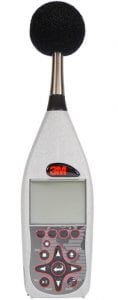
Sound Level Meter
